The humble corn kernel harbors one of nature’s most explosive secrets. What appears as an unassuming, rock-hard seed transforms under heat into a fluffy, cloud-like snack—popcorn. This metamorphosis isn’t just culinary magic; it’s a physics-defying spectacle where each kernel becomes a miniature pressure cooker, launching itself into a high-temperature ballet. The journey from rigid seed to airy puff is a story of moisture, starch, and structural engineering, written in the language of heat and pressure.
The Science Behind the Pop
Every popcorn kernel is a marvel of natural architecture. Encased within its tough outer shell, the endosperm—a starchy core—contains a small reservoir of water. When heated, this water turns to steam, building pressure within the impermeable hull. The starch gelatinizes, softening into a molten mass. At around 180°C (356°F), the pressure peaks at roughly 135 psi (pounds per square inch), and the hull ruptures catastrophically. The sudden release causes the starch to expand rapidly, cooling and solidifying into the familiar foam-like structure we recognize as popcorn.
This process isn’t just a burst; it’s a controlled explosion. The kernel’s hull must be strong enough to withstand mounting pressure but brittle enough to fracture cleanly. Too thick, and the steam escapes without a pop; too thin, and the kernel fails to build sufficient pressure. Nature’s precision here is impeccable—only certain varieties of maize (Zea mays everta) possess the ideal hull structure to become popcorn.
The High-Energy Dance of Starch and Steam
Inside the kernel, the gelatinized starch behaves like a molten polymer. When the hull fails, the steam expands explosively, stretching the starch into a network of tiny bubbles. This foam matrix cools almost instantly, locking in the expanded shape. The resulting texture—crisp yet airy—is a direct consequence of this rapid phase change. Interestingly, the popped corn’s shape—whether butterfly or mushroom—depends on starch viscosity and hull integrity. Butterfly flakes, with their irregular wings, occur when the starch bursts unevenly; mushroom-shaped puffs form when the hull holds longer, creating a more uniform expansion.
Heat distribution is critical. Uneven heating leaves unpopped kernels, or "old maids," which either lack sufficient moisture or have compromised hulls. Modern popcorn machines address this with rotating drums or convective air currents, ensuring each kernel reaches its popping threshold. Yet, even with technology, the process retains an element of unpredictability—a reminder of its wild, untamed origins.
From Ancient Ritual to Modern Snack
Popcorn’s history stretches back millennia. Archaeologists have found evidence of popped corn in Peruvian caves dating to 4700 BCE. The Aztecs used it not just as food but as ceremonial adornments, threading popped kernels into necklaces for rituals. Indigenous North Americans introduced it to European settlers, who initially treated it as a novelty. By the late 19th century, however, popcorn’s portability and shelf stability made it a staple at circuses and fairs. The invention of the mobile popcorn machine in 1885 by Charles Cretors cemented its place as America’s quintessential snack.
Today, popcorn is a global phenomenon, with regional twists. In Japan, it’s coated with caramel or soy sauce; in Mexico, chili powder and lime zest add punch. Microwave popcorn, patented in 1981, revolutionized convenience, though purists argue it sacrifices flavor for speed. The snack’s versatility—whether sweet, savory, or spicy—lies in its neutral canvas, ready to carry any flavor profile imposed upon it.
The Physics of Fun: Why Popcorn Captivates
Beyond taste, popcorn’s appeal lies in its performative drama. The popping sound—a rapid-fire percussion of miniature explosions—is as much a part of the experience as the taste. Acoustic studies show that the pop occurs when the hull fractures, releasing energy as a sonic wave. The frequency, around 3 kHz, falls within the range most sensitive to human hearing, making it irresistibly attention-grabbing.
This auditory spectacle, combined with the visual chaos of kernels erupting in a popper, taps into a primal fascination with transformation. Like a chemical reaction or a firework, popcorn embodies kinetic energy made visible (and edible). It’s no wonder movie theaters leverage this multisensory allure—the crunch, the aroma, the sound—to enhance the cinematic experience.
Challenges and Innovations
Not all kernels pop equally. Hybridization has led to strains optimized for yield, flake size, or hull thickness, but challenges remain. Climate change threatens corn crops with drought and unpredictable growing seasons, while consumer demand for non-GMO and organic options pressures producers. Meanwhile, food scientists experiment with novel methods, like infrared popping, to reduce energy use and improve uniformity.
On the culinary frontier, chefs are deconstructing popcorn—using its starch as a thickener or infusing oils with its toasted essence. Molecular gastronomy plays with its form, creating popcorn "foams" or "airs" that dissolve on the tongue. Yet, for all these innovations, the classic buttered popcorn endures, a testament to the timeless joy of simplicity.
The Eternal Allure of the Pop
Popcorn is more than a snack; it’s a miniature theater of physics, history, and culture. Each kernel’s journey from dense seed to ethereal puff mirrors humanity’s own transformations—unyielding until the right conditions inspire something extraordinary. Whether at a movie, a carnival, or a campfire, that explosive moment of creation continues to captivate, proving that sometimes, the simplest pleasures are the most profound.
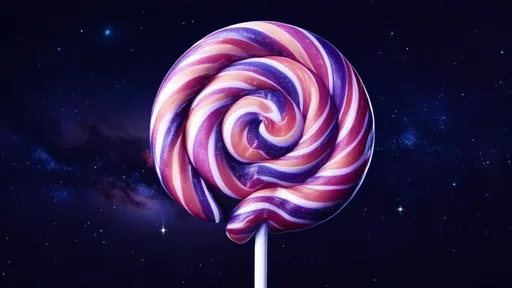
By /Jul 7, 2025
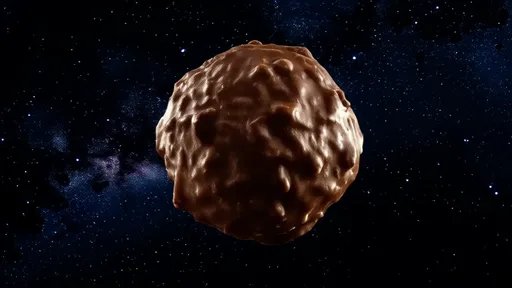
By /Jul 7, 2025
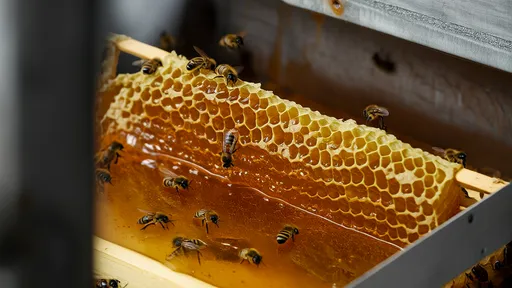
By /Jul 7, 2025

By /Jul 7, 2025
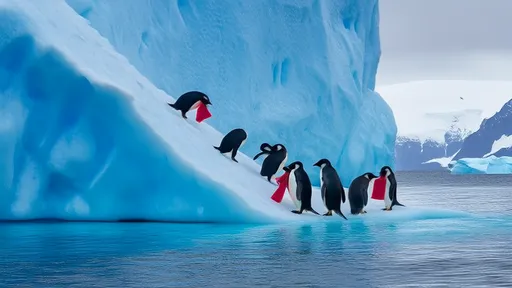
By /Jul 7, 2025
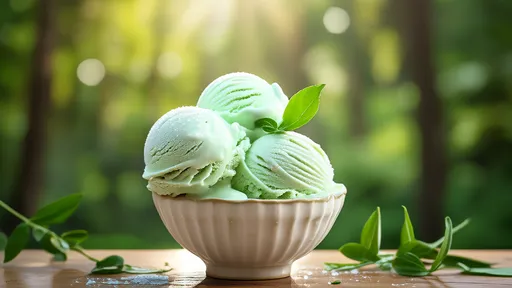
By /Jul 7, 2025
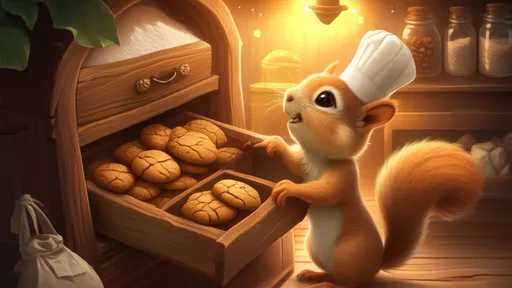
By /Jul 7, 2025
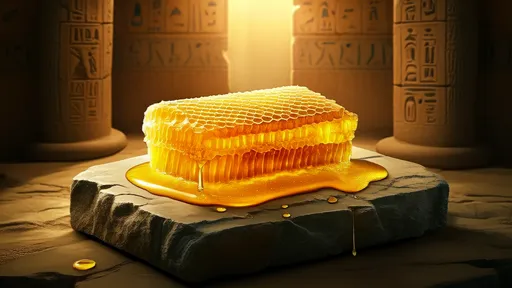
By /Jul 7, 2025
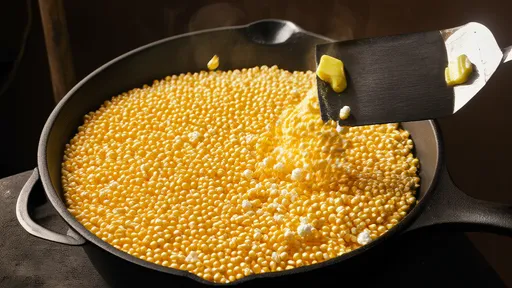
By /Jul 7, 2025
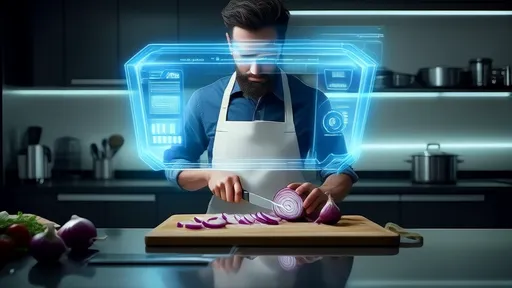
By /Jul 7, 2025

By /Jul 7, 2025
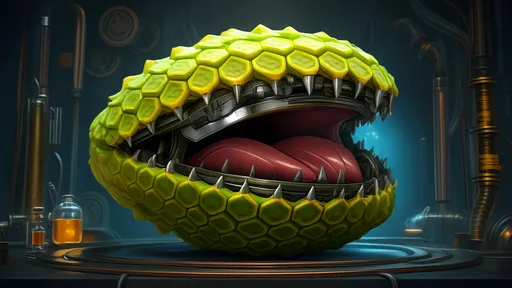
By /Jul 7, 2025
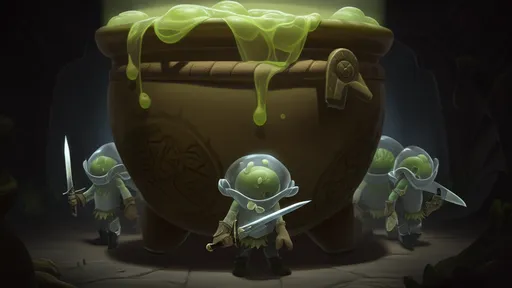
By /Jul 7, 2025
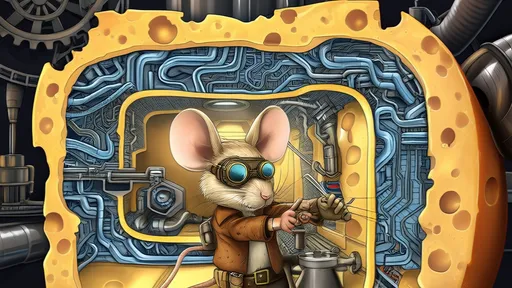
By /Jul 7, 2025

By /Jul 7, 2025
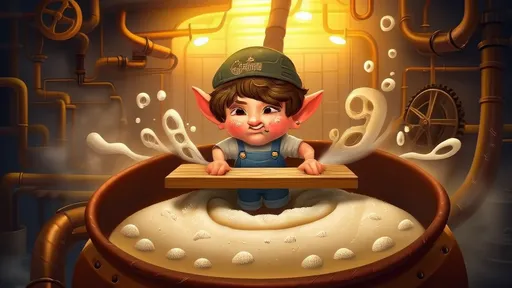
By /Jul 7, 2025

By /Jul 7, 2025
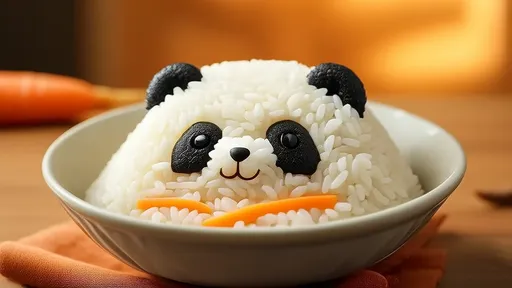
By /Jul 7, 2025